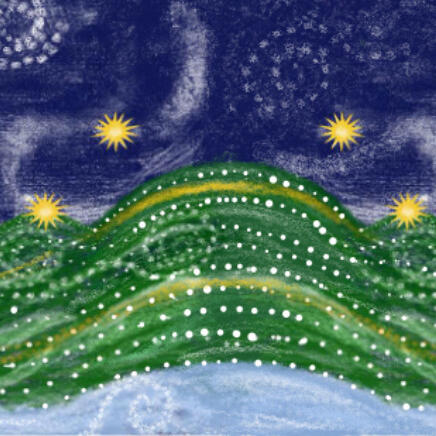
Artwork: Cheyenne Tex
The University of California Land Grab
Executive Summary and Recommendations
A Legacy of Profit from Indigenous Land
Wide-scale U.S. higher education began in 1862 when the Morrill Act provided each state with “public” lands to sell for the establishment of university endowments. The public land-grant university movement is lauded as the first major federal funding for higher education and for making liberal and practical education accessible to Americans of average means. However hidden beneath the oft-told land-grant narrative is the land itself: the nearly 11 million acres of land sold through the Morrill Act was expropriated from tribal nations. This two-part forum examines the 150,000 acres of Indigenous land that funded the University of California, how this expropriation is intricately tied to California’s unique history of Native dispossession and genocide, and how UC continues to benefit from this wealth accumulation today. We will then explore current university initiatives with tribes and engage in a community dialogue on actions the University of California can take to address their responsibility to California Indigenous communities.
Co-sponsors:
UC Berkeley: Native American Student Development; Joseph A. Myers Center for Research on Native American Issues; Phoebe A. Hearst Museum of Anthropology; Rausser College of Natural Resources; Berkeley Food Institute; Department of Environmental Science, Policy, and Management; American Cultures Engaged Scholarship Program; Native American Studies; American Indian Graduate Program; The Center for Race and Gender; Native American Staff Council
UC Davis: Department of Native American Studies
UC Riverside: Rupert Costo Chair in American Indian Affairs; California Center for Native Nations; Native American Student Programs
Community Partners: Riverside-San Bernardino Native American Community Council




